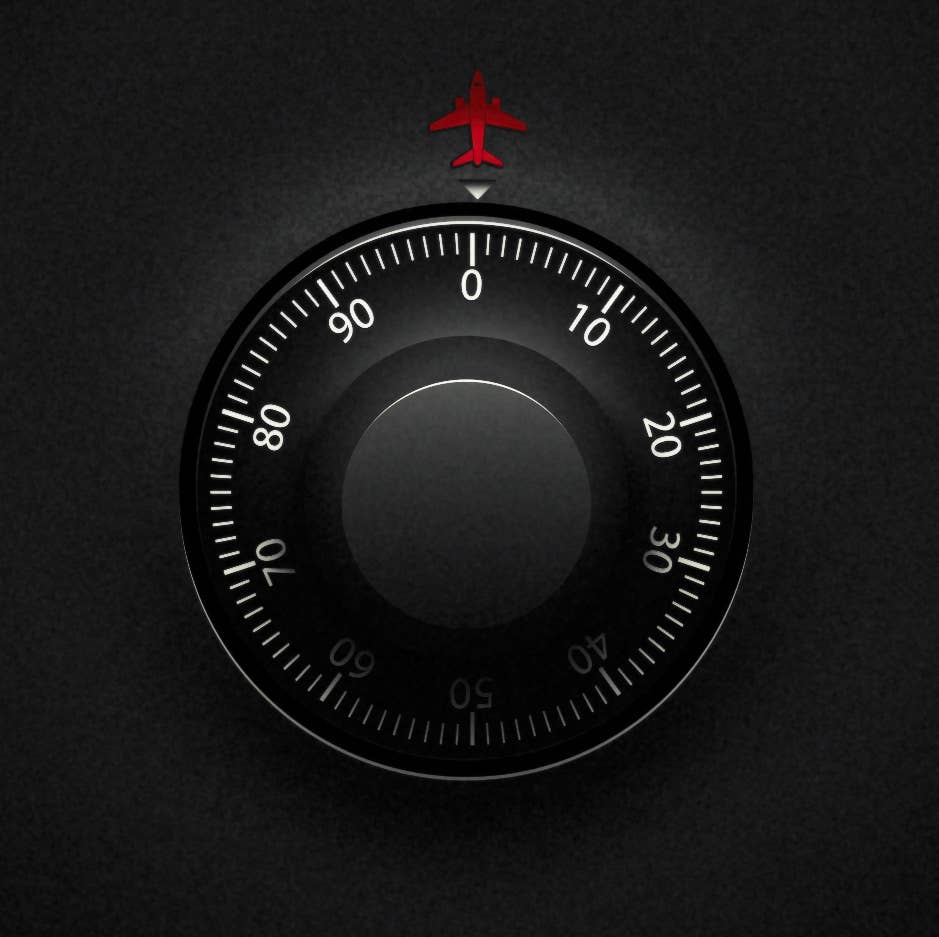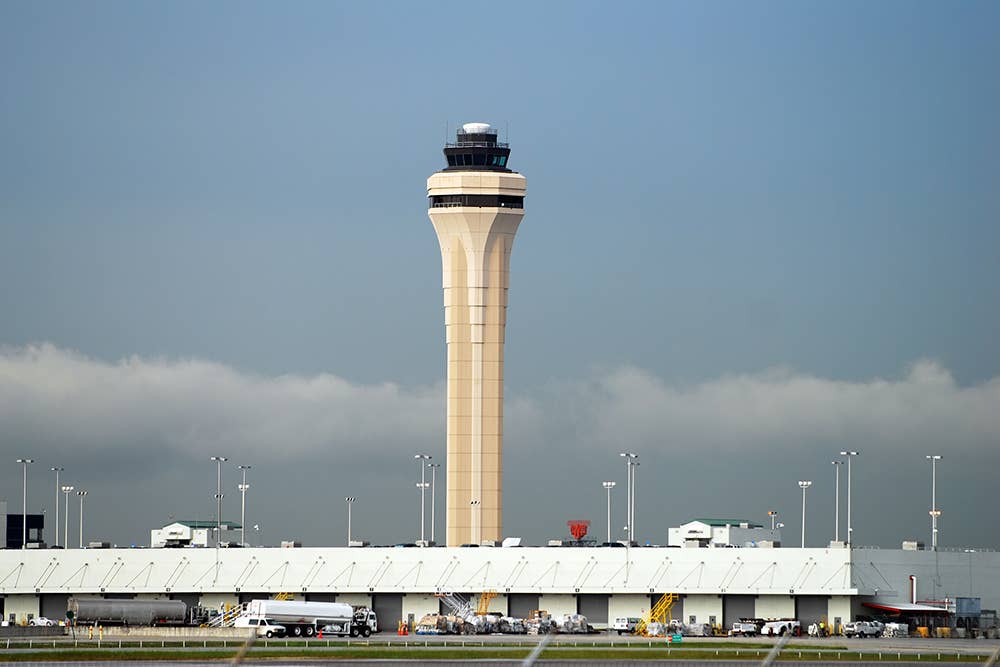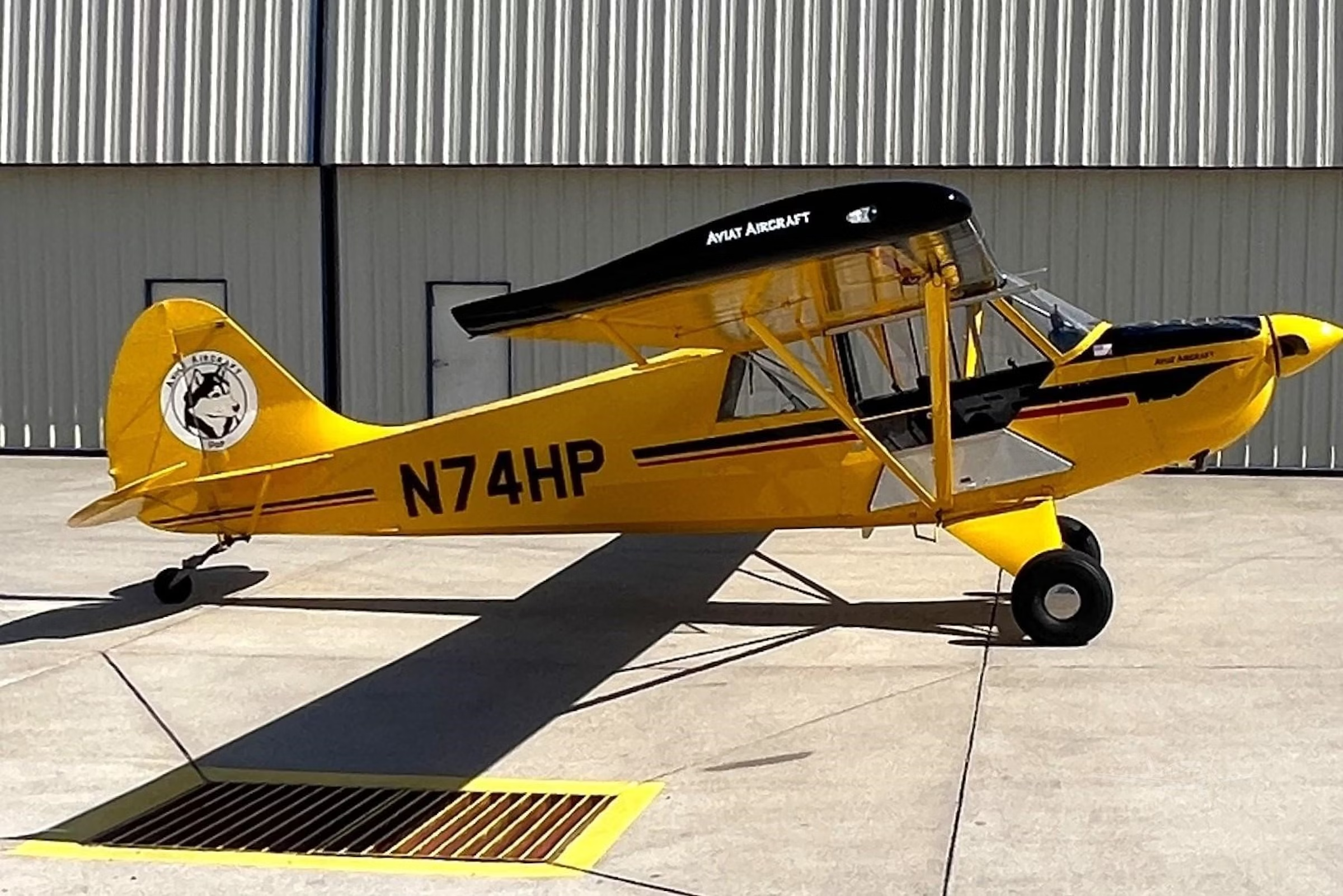Escrow and Aircraft: Why It’s Important and How It Works
This guide will walk through what you need to know about using this financial agreement to purchase an airplane.

Due to the substantial financial stakes, people involved, and FAA requirements, it is critical to ensure that the process is smooth and secure. [Adobe Stock]
Purchasing an aircraft is a significant investment, whether you’re a private individual buying a small personal airplane or a company acquiring a corporate jet. Due to the substantial financial stakes, people involved, and FAA requirements, it is critical to ensure that the process is smooth and secure. Using an aircraft escrow and title company can be a significant tool in the purchase of an aircraft. This guide will walk through what you need to know about using escrow, why it’s important, how it works, and considerations to keep in mind.
If you're not already a subscriber, what are you waiting for? Subscribe today to get the issue as soon as it is released in either Print or Digital formats.
Subscribe NowWhat Is Escrow as It Pertains to Aircraft?
In its simplest form, escrow acts as a neutral third party to hold funds and documents until all parties are ready to close. Once all agreed-upon conditions are satisfied, the escrow agent releases the funds to the seller (or lienholder if applicable), and the registration documents (bill of sale, application, etc.) are filed with the FAA.
What Are the Benefits?
Given the complexity and financial scale of an aircraft purchase, using an escrow service provides several important benefits to both buyer and seller:
- A neutral third party that has the best interests of all parties in mind while conducting the transaction.
- All documents and funds are released simultaneously, which lessens the chances of the seller receiving funds and never filing the proper paperwork to transfer ownership with the FAA.
- Funds are held in a secure escrow account that is insured for risk of loss.
- All funds are received by wire transfer and properly credited to the escrow account prior to closing. This provides the seller with all funds wired directly to their account rather than waiting for a check to clear.
- The bill of sale and funds are released as simultaneously as possible. Once the funds have left the service’s account, the ownership is officially transferred to the buyer with the FAA.
- If for some reason the registration documents received are not in good order, the escrow agent will do their best to ensure the appropriate corrections are made to ensure the plan is registered properly the first time around.
- If there is a current open lien on the aircraft, the service will make the requests for payoff instructions and obtain the release of the lien with as little hassle to the seller as possible. It will take care of payoff and releasing the lien and confirmation is provided to buyer and seller.
- The buyer and seller receive a closing statement that outlines each deposit as well as disbursement to the seller.
How the Process Works
Using escrow for an aircraft purchase is relatively straightforward, but it involves several steps that both buyers and sellers need to follow closely:
Setting up escrow: The first step you'll take is going online and filling out any details you have to get the process started. Once the form has been submitted, it will be assigned to the next available escrow agent.
Purchase agreement: Once an escrow agent is assigned, both the buyer and seller will be contacted by them with the next steps. But be sure to provide your agent with a copy of the fully executed purchase agreement if one available
between the parties.
Initial deposit and balance of funds: Once the escrow file is set up and the purchase agreement has been provided to the agent, the buyer can deposit the agreed-upon amount into the escrow account. Wiring instructions will be provided from the escrow agent to the buyer. Buyer needs to wire the balance of funds to the same account in order for escrow to have full funds prior to closing.
Title search and due diligence: A critical part of the aircraft escrow process is the title search and due diligence. This will provide information on any liens or encumbrances on the title so that everyone knows what is needed to provide a clear title. In addition to the title search, the records are provided as well.
Documents: Once the title search is done, the escrow agent will request from the seller's side:
- Bill of sale: A document showing the sale of the aircraft.
- Release of lien (if applicable): If the aircraft was previously financed, it will be held until closing and payoff occurs.
- Any other documentation needed to clear the title.
On the buyer’s end, the escrow agent will request from the buyers side:
- Application for registration: To register the aircraft exactly as the buyer advises.
- LLC statement (if applicable): If the buyer chooses to register under an LLC not previously registered with the FAA.
- Security agreement (if applicable): If the buyer is using a lender on the transaction.
- Any other documents needed to register the aircraft to the buyer.
Finalization of the transaction: Once the escrow agent confirms that all documents and funds are in place, they will request authorization to close from all parties. After the escrow agent has been authorized, they will disburse the funds to the seller and file paperwork with the FAA to register the aircraft to the buyer.
Closing package: After the transaction is complete, the escrow agent will provide a closing package that includes a closing statement and copies of all documents filed with the FAA.
Considerations
When engaging in an aircraft transaction, there are several critical considerations to keep in mind:
- READ MORE: How to Buy an Aircraft Safely
Fees and costs: Escrow fees depend on the kind of aircraft and the purchase price. Typically, fees are split between the buyer and seller, though it is up to the parties to let the escrow service know how the fee will be paid.
International registry: The aircraft may qualify for international registry due to the size of the airframe and/or engine. This will add costs, documents, and requirements to the transaction.
Timing and closing date: Aircraft transactions often involve multiple parties, each of whom must provide documents, give authorization, etc. Escrow service needs at least three business days to work a transaction—and five to seven days within the fourth quarter of the year. Clear communication as to the intended closing date can help ensure the transaction proceeds on schedule.
Lender: If you have a lender on the transaction, it will have its own set requirements separate from escrow and may dictate the closing date of the transaction. Please provide your escrow agent with your lender’s contact information just as soon as you know you are obtaining financing for your purchase.
Aircraft Title Searches and Records
In the world of aviation, few things are as critical yet as overlooked as aircraft titles and records. Whether you’re a buyer or lender, the significance of obtaining an aircraft title search cannot be overstated. Much like purchasing a home or vehicle, buying an aircraft requires attention to ownership details, liens, and any encumbrances to ensure a smooth transaction and prevent possible complications.
What Is an Aircraft Title Search?
An aircraft title search is a summary of ownership, previous ownership, liens, clouds, or encumbrances attached to an airframe or engine. This could include outstanding liens, unpaid taxes, or incorrect paperwork from previous owners or lienholders. Unlike automobiles, aircraft are first governed by federal law, and their titles are recorded with the FAA. Some states require registration as well—but some do not—but all aircraft needing to be registered in the U.S. must do so through the agency. The FAA maintains a centralized database that records ownership, liens and encumbrances, airworthiness history, as well as accident and incident reporting. The agency records will provide detailed information on ownership history and any other relevant documentation, such as security agreements, leases, or any other applicable claims of lien.
Why Is an Aircraft Title Search So Crucial?
Verifying ownership: One of the primary purposes of an aircraft title search is to verify the legal owner of the aircraft. Since they are high-value assets, multiple parties may claim ownership or stake in a single aircraft. A title search could uncover any potential discrepancies or gaps in the ownership. This step is particularly important for older aircraft that may have undergone multiple ownership changes.
Identifying liens or encumbrances: Liens can be placed on an aircraft as collateral for loans or in cases of unpaid debts. A buyer who fails to conduct a thorough title search might unknowingly purchase an aircraft with unresolved financial obligations, which could result in costly legal liabilities or even repossession. Additionally, it is important for a lender to record its interest where it is in first lien position and if there is an existing recorded lien. It would keep the lender from being able to have repossession rights.
Ensuring proper registration: An aircraft title search helps ensure that it is properly registered with the FAA. Improper or incomplete registration can lead to operational restrictions or possible legal challenges.
Avoiding stolen aircraft: While rare, aircraft theft does occur. A title search can verify the legitimacy of an aircraft’s documentation, helping to avoid the purchase of a stolen or fraudulently registered airplane.
This feature first appeared in the March Issue 956 of the FLYING print edition.

Sign-up for newsletters & special offers!
Get the latest FLYING stories & special offers delivered directly to your inbox







